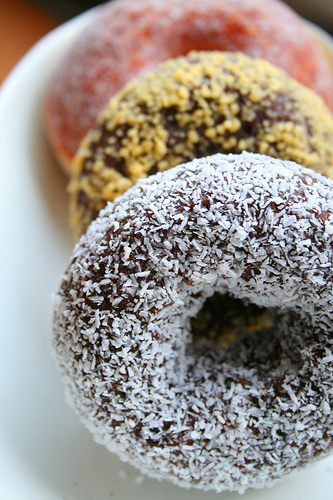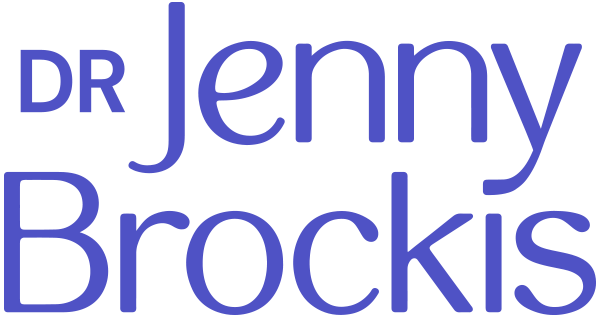
My newsletter last week clearly polarised readers.
Some said “Bravo” for stating that smart eating is going back to the basics of eating fresh, unprocessed locally sourced foods wherever possible.
Others were clearly rankled especially those who follow a specific pathway Paleo, Vegan, Raw etc. etc. who expressed their displeasure at my scepticism. It’s OK it’s your choice as to what you do. “Just saying” it’s important to be aware of what we base our beliefs on.
Adding to the general confusion about “healthy food”, I read an article in the weekend paper where a celebrity chef and another chef from a Perth based eatery were expounding how they were following healthy food trends by offering their patrons Paleo, Raw and Vegan options on their menus.
Sorry but this is an absolute nonsense!
Paleo, is a meat based diet based on the premise that that’s what we would have eaten as hunter-gatherers. Talk to any anthropologist and they’ll tell you as hunter-gatherers we ate relatively little meat and what we did consume would have been small animals with lean meat. not wooly mammoths and sabre tooth tigers. Too much protein can damage your health, especially your kidneys.
Raw. Si if you call yourself Paleo-Raw I’d like to know if that means you don’t cook your meat or eggs? I’m all for eating fresh fruit and veg but it’s OK to eat cooked foods too. Overheard at a local salad bar where the customer was eyeing up a quinoa and pumpkin salad (looked yummy) she was asking whether the salad was entirely raw.
Sorry, but seriously, does anyone choose to eat uncooked pumpkin or potato? Some foods benefit from being cooked as it breaks them down into their basic nutrients, which can then be accessed more easily by the human body.
It’s about using your body (and brain) in the way nature intended.
I found some interesting statistics from the States as to what the average American consumes. As Australians and Americans continue to vie for who is the fattest nation on earth, the suspicion is we probably eat much the same way as the Yanks.
So, knowing as we do all the smart ways to eat, this is what actually gets eaten.
What Americans eat: Top 10 sources of calories in the U.S. diet
1. Grain-based desserts (cakes, cookies, donuts, pies, crisps, cobblers, and granola bars)
2. Yeast breads
3. Chicken and chicken-mixed dishes
4. Soda, energy drinks, and sports drinks
5. Pizza
6. Alcoholic beverages
7. Pasta and pasta dishes
8. Mexican mixed dishes
9. Beef and beef-mixed dishes
10. Dairy desserts
Source: Report of the 2010 Dietary Guidelines Advisory Committee
These figures were published by Harvard Medical School
I’m starting to feel a little nauseous just looking at this.
Seriously, there is a lot of room for improvement.
If these make up the majority of your diet you will be eating too much trans fats, salt and sugar.
You don’t need to buy a book telling you “I quit sugar and now I’m the healthiest person on the planet” to tell you that the above is not terribly healthy. It’s all about moderation and a little common sense which sadly seems to have left the room.
Our choice of food impacts our mood, our memory and our cognition.
Looking at the above list, maybe that explains why we’re struggling so hard with knowing what is the right thing to do.
Photo Credit: <a href=”https://www.flickr.com/photos/93119607@N00/2091199702/”>aloalo*</a> via <a href=”http://compfight.com”>Compfight</a> <a href=”https://www.flickr.com/help/general/#147″>cc</a>

